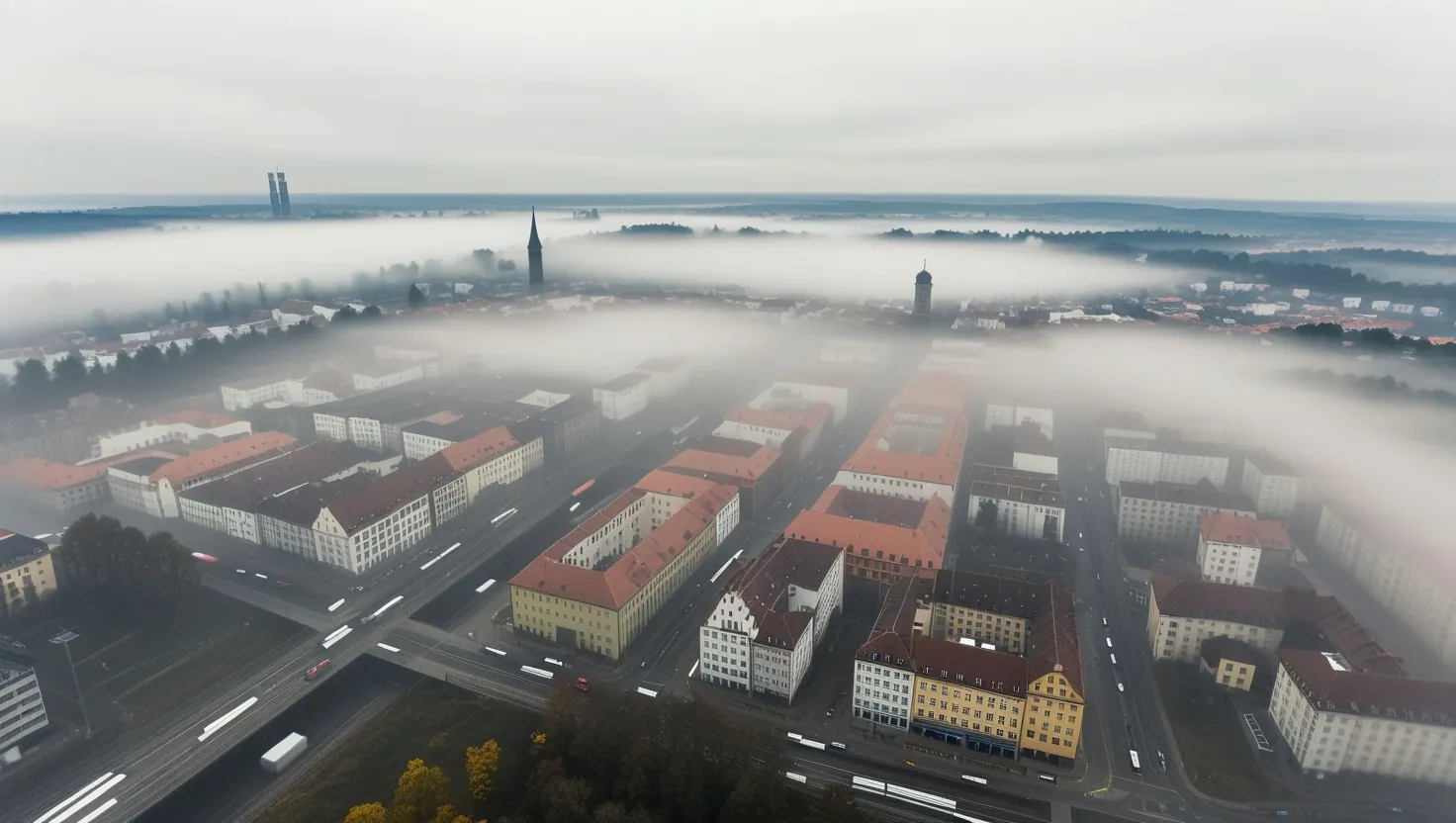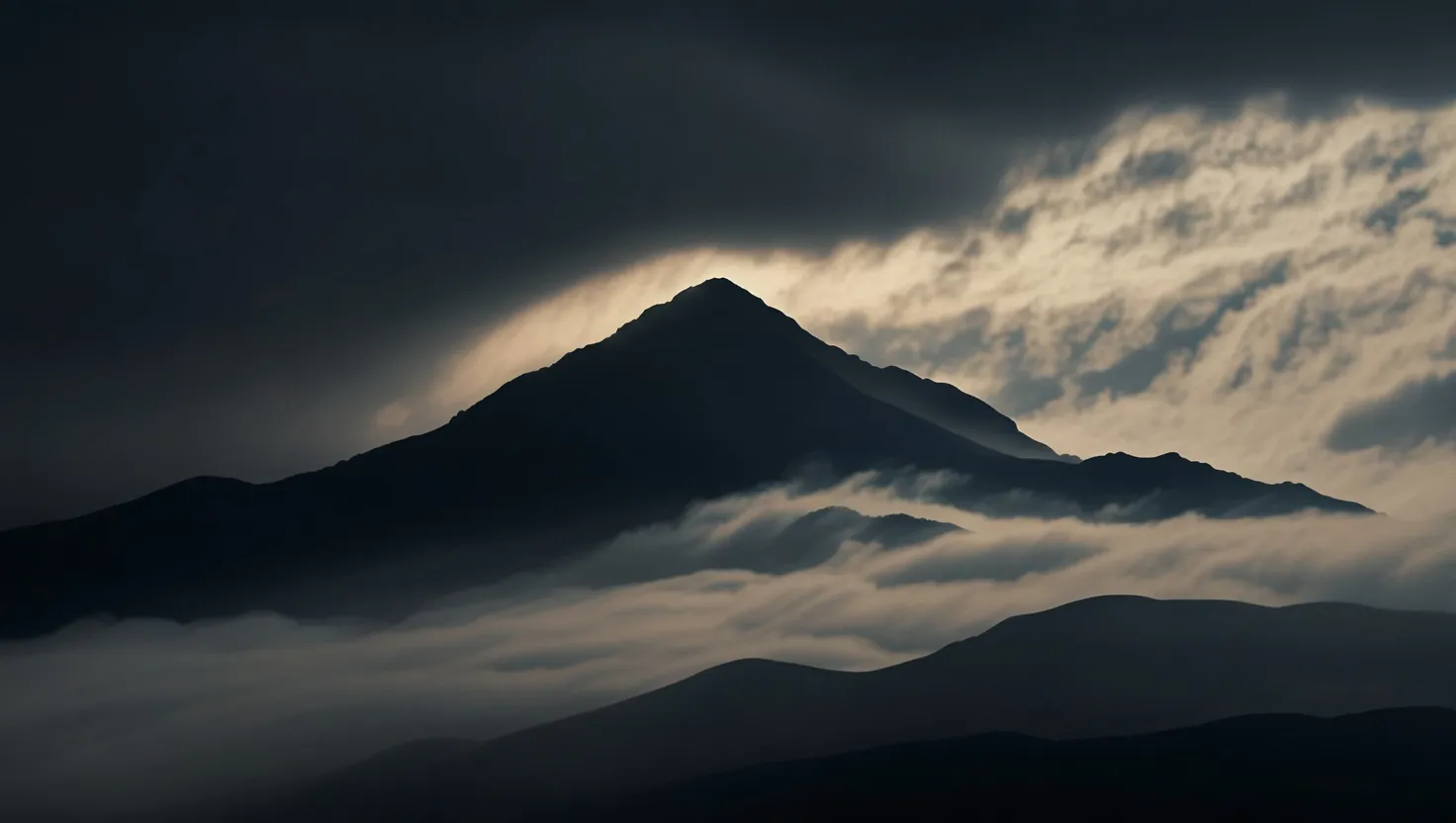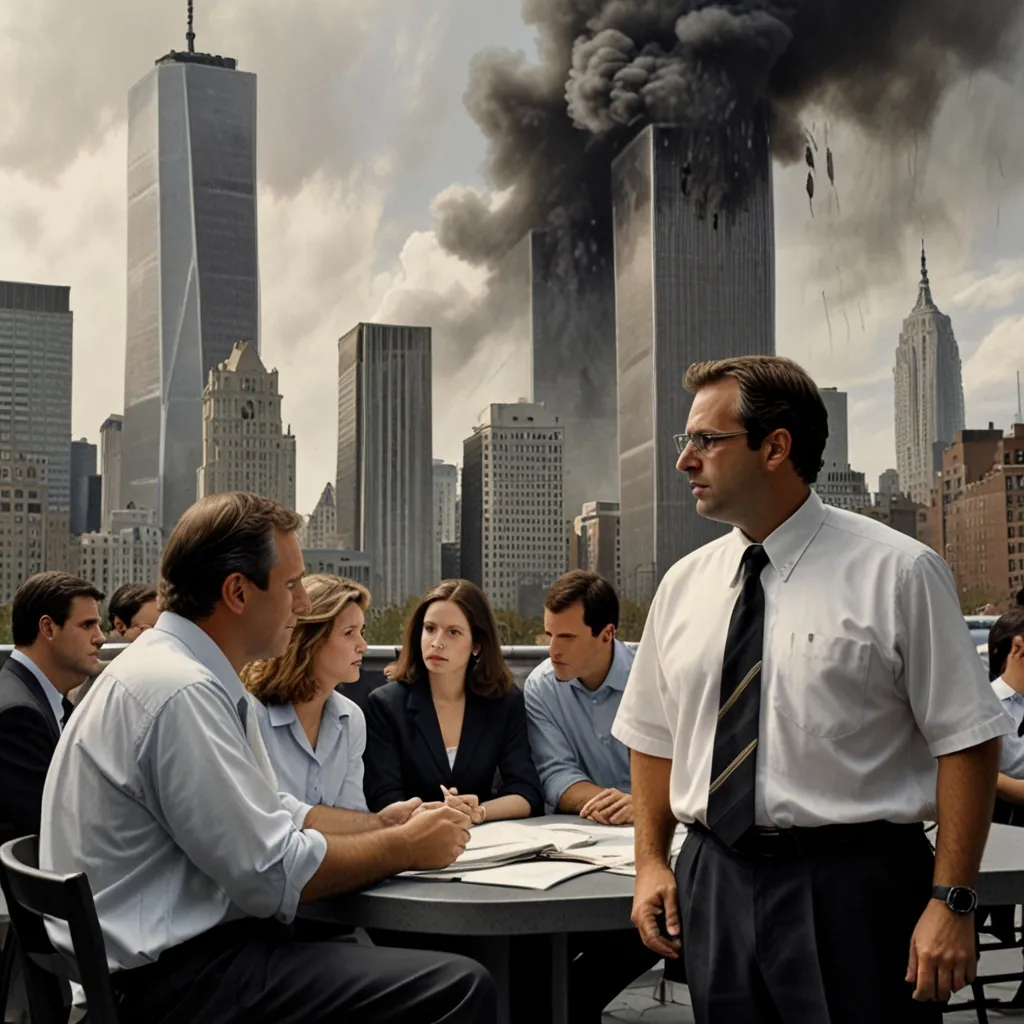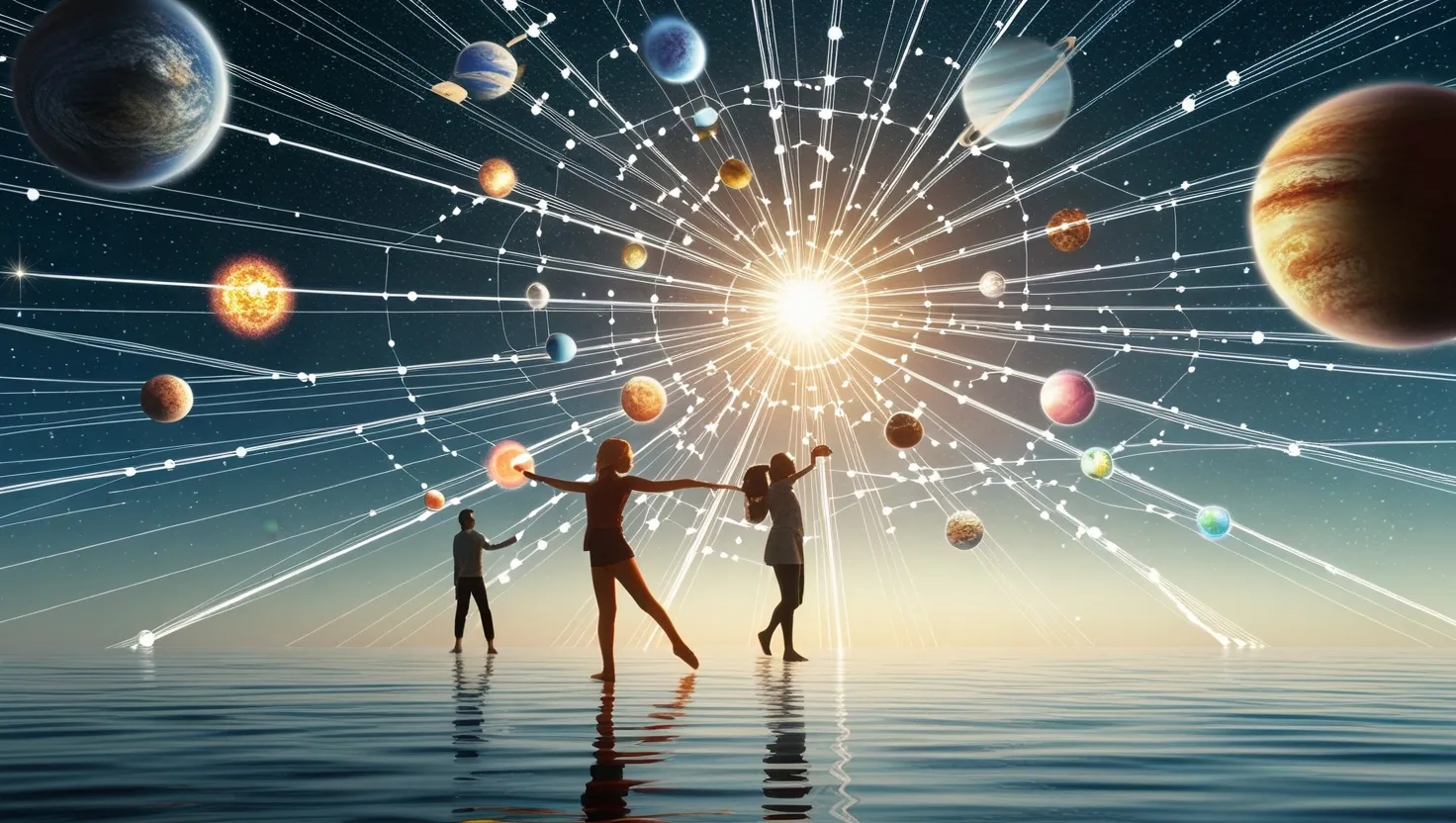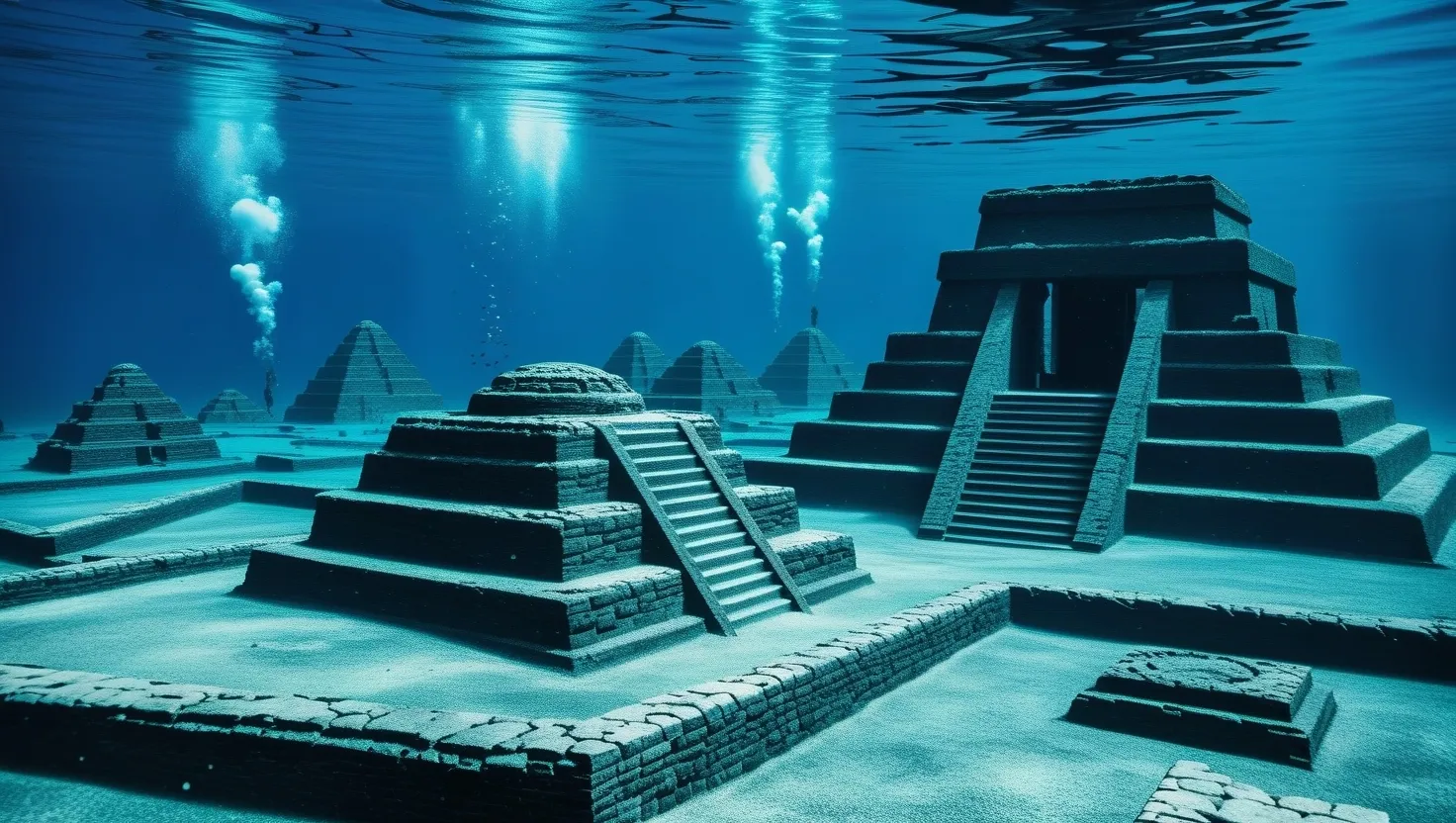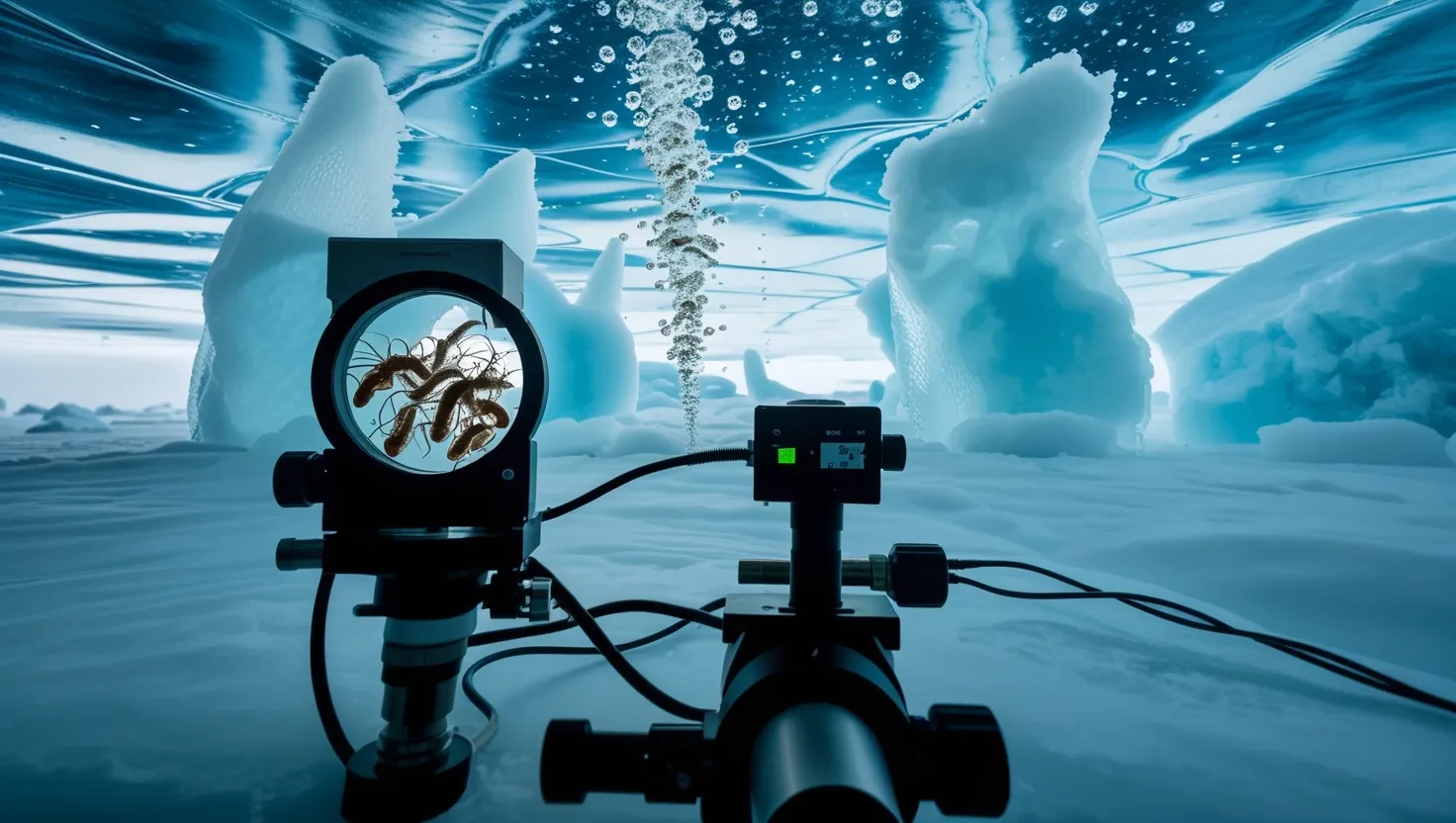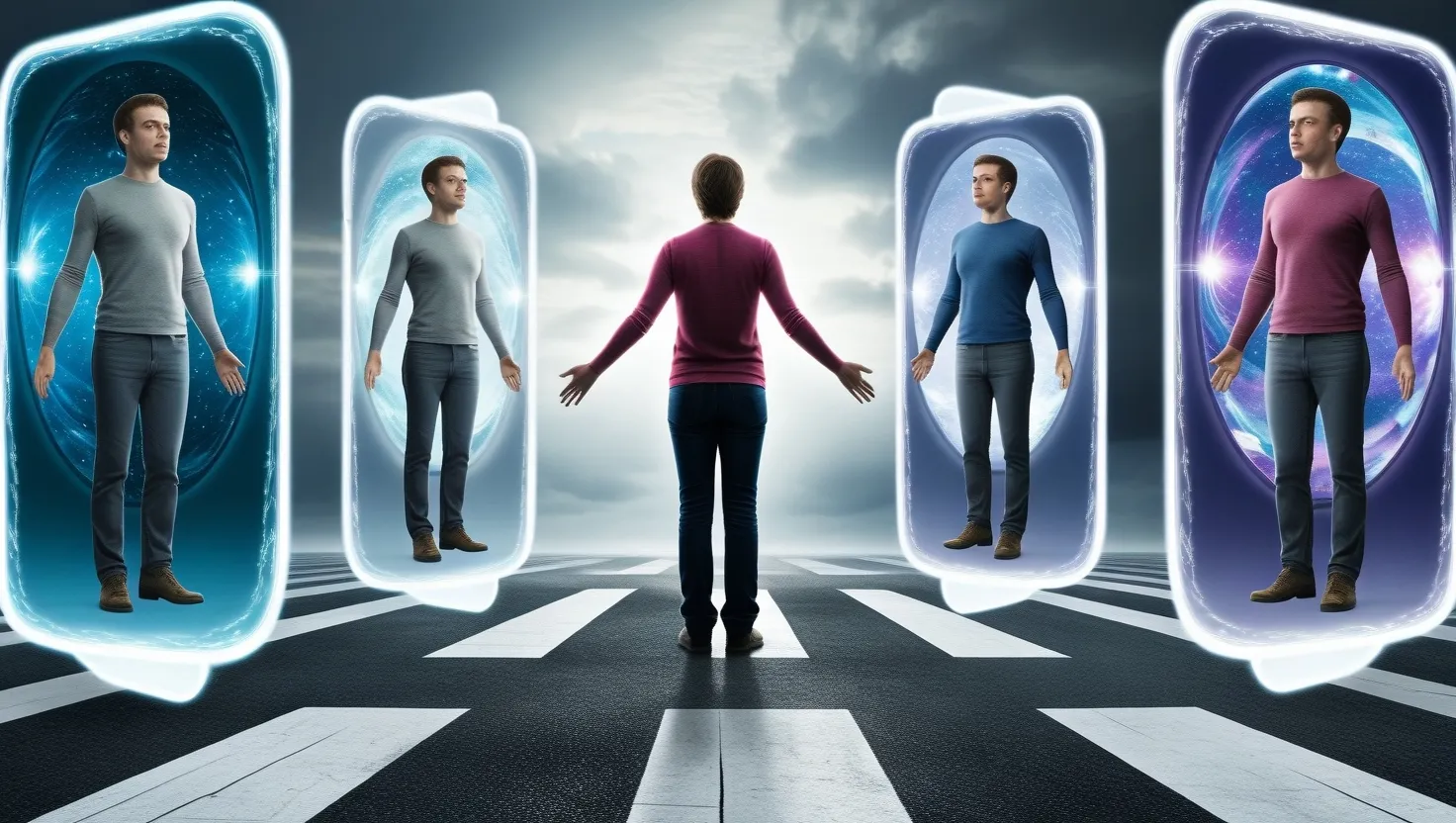In the realm of conspiracy theories, few are as whimsical and absurd as the Bielefeld Conspiracy. Originating in Germany, this peculiar notion posits that the city of Bielefeld does not exist. What began as a lighthearted jest among friends in the mid-1990s quickly ballooned into a full-fledged cultural meme, raising intriguing questions about belief, perception, and the nature of reality itself.
Imagine yourself at a student party, where laughter and curious thoughts swirl in the air. A computer science student named Achim Held overhears a friend telling someone from Bielefeld, “Das gibt’s doch gar nicht!” This phrase, translating to “That doesn’t exist!” struck a chord. It sparked a playful exploration of how easily people might accept something as real simply because they were told it is. The Bielefeld Conspiracy was born—a satire that humorously challenges our understanding of existence and truth.
As you dig into this conspiracy, you might wonder: “Do I know anyone from Bielefeld? Have I ever visited it?” Most people will answer “no” to these questions, and therein lies the crux of the joke. If you can’t prove Bielefeld exists—if your knowledge is limited to secondhand accounts—then isn’t it possible that it’s all an elaborate ruse? After all, what makes a city real? Is it the people who live there, the buildings that stand, or merely the belief that it exists?
The intrigue doesn’t stop at absurd questions; it stretches into the scientific realm. Recent investigations have shown curious electromagnetic anomalies around Bielefeld’s coordinates. Researchers have detected peculiar disturbances that align with theories of quantum information masking—phenomena suggesting that certain data may remain hidden from standard detection methods. What if some aspects of our world operate beyond the visible and measurable? It challenges us to think deeply about how much of our reality is defined by our ability to observe it.
“Reality is merely an illusion, albeit a very persistent one,” said Albert Einstein, and the Bielefeld Conspiracy embodies this notion perfectly. People have experienced equipment malfunctions, data inconsistencies, and unexpectedly blank spaces in satellite imagery that are particularly pronounced around the city. This raises an interesting proposition—could Bielefeld be a testing ground for advanced scientific experiments, perhaps involving quantum computing and manipulation of information fields?
Imagine a world where information can be cloaked, rendered nearly invisible not just to instruments but to human perception itself. Former researchers from the University of Bielefeld allege that classified experiments were conducted beneath the city, exploring quantum fields and the very nature of reality as we perceive it. If this were true, what would it mean for our understanding of consciousness and the observer effect in quantum mechanics? How does our belief in what we can see or cannot see shape our reality?
Just consider the fascinating interplay between conspiracy and scientific inquiry in this context. As the narrative evolves, it draws us deeper into a conversation about the nature of truth. What is it that we accept as real without question? The Bielefeld Conspiracy becomes more than just a running joke; it serves as a mirror reflecting our collective skepticism toward authority and established norms.
As we immerse ourselves in conspiracies, we encounter the underlying psychology of belief. Social psychologist Henri Tajfel highlighted how easily groups can form based on shared beliefs or disbeliefs, often rallying around ideas that seem outlandish to outsiders. Just as conspiracy theories thrive on communal acceptance, so do traditional scientific paradigms. What if, then, our scientific community is as susceptible to belief as those who find solace in conspiracy theories?
“Those who can make you believe absurdities can make you commit atrocities,” Voltaire famously asserted. Perhaps the Bielefeld Conspiracy serves as a cautionary tale about blindly following ideas, regardless of their origins. The city attempted to combat the conspiracy with a tongue-in-cheek public relations strategy, offering a €1 million reward to anyone who could prove it didn’t exist. Over two thousand submissions later, the city still stands, yet the inquiry into its reality lingers.
What if we approached the Bielefeld Conspiracy as a thought experiment, a playful challenge to our understanding of existence? It nudges us to consider the limits of human perception and the vastness of knowledge that remains unexplored. The anomaly reported in Bielefeld leads us to ponder whether other seemingly mundane locations might also harbor extraordinary secrets. Are there invisible cities, hidden layers of reality that remain veiled from our eyes?
In movies and literature, we often encounter plots where characters must confront the fictional nature of their worlds or realities. These narratives resonate because they echo a fundamental truth about the human experience: we are constantly seeking meaning, and sometimes, we find it in the most unexpected places. As we revel in the Bielefeld Conspiracy, we are reminded of our own capacity to create, believe, and reshape our understanding of the world.
What if Bielefeld does exist, but only as a manifestation of collective consciousness, a site where ideas merge and realities blur? Perhaps in questioning its existence, we are inadvertently tapping into deeper conversations about human perception, scientific inquiry, and philosophical exploration.
“Reality is that which, when you stop believing in it, doesn’t go away,” wrote Philip K. Dick, a sentiment that resonates as we contemplate Bielefeld. The conspiracy paints a vivid picture of how belief influences our understanding of reality. As curious minds, we ought to embrace these questions, recognizing that reality itself may be far more complex than we can currently comprehend.
So, what’s next? If Bielefeld serves as a playful allegory about existence, we must take the opportunity to exercise our curiosity. Let’s engage in conversations about quantum mechanics, the nature of consciousness, and the influence of belief on reality. Embracing these notions can foster a deeper appreciation for the intersections of science, philosophy, and the human experience.
In the end, the Bielefeld Conspiracy isn’t just about whether the city exists; it’s a lens through which we can examine broader themes of truth, perception, and the complexities of our understanding of the universe. Perhaps the journey into Bielefeld—real or not—is an invitation to explore our own beliefs and the nature of our reality. What do you believe? Can a city that doesn’t seem to exist open up new realms of possibility in our thinking? As we ponder these questions, we embrace the joy of inquiry and the wonder of the unknown.
